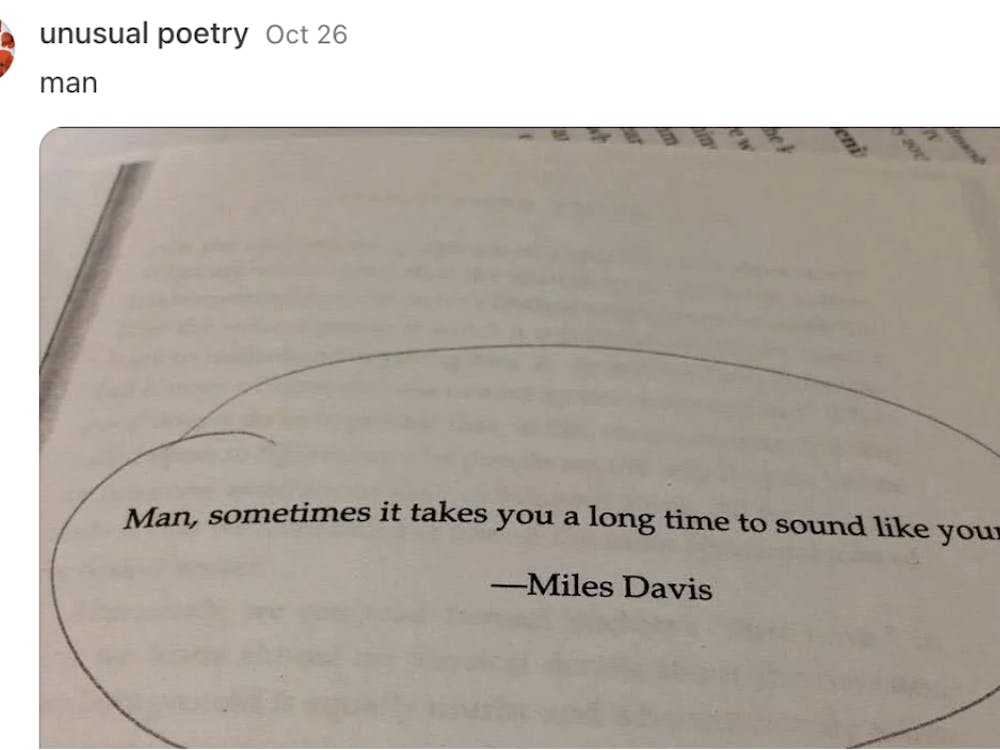In the back right corner of Shriver Hall’s grand entrance stands a bust of Isaiah Bowman, the University’s fifth president who presided over the school from 1935 to 1948. He was a Harvard graduate, a renowned geographer, a traveler, a close advisor to both Franklin D. Roosevelt and Woodrow Wilson, and, importantly, an outspoken anti-Semite. He was once quoted as saying, “Jews don’t come to Hopkins to make the world better or anything like that. They come for two things: to make money and to marry a non-Jewish woman.” Thus the recent outrage over the school’s memorialization of this man is understandable.
Our community’s debate over Bowman’s bust comes with a different context, though, which actually makes all the difference. It is indeed important to acknowledge that Bowman’s anti-Semitic beliefs and actions, like implementing a quota on the admission of Jewish students, were and are deplorable and entirely misaligned with the University’s mission and values today. This is fact.
The Editorial Board believes that the grey area arises in the discussion of what exactly the bust of our former president represents. In South Carolina, a Confederate flag represents the racism and violence against African Americans that not only fueled a war but also still exists today. In this situation, however, it is more difficult to draw the same connection between the bust of Bowman and disgraceful facets of his legacy.
The bust stands at the entrance to one of our most recognizable buildings because it represents and memorializes Bowman’s service to the school itself. During his tenure, he managed to eliminate the University’s growing deficit brought on by the Great Depression, build a sizable endowment, bring the school back to stable financial ground, establish a geography department, and found a facility that later came to be known as the world-renowned Applied Physics Laboratory.
Bowman, like every other person, is neither wholly good nor wholly bad. To regard his bust only as an endorsement of his anti-Semitic beliefs is to negate the extensive amount of good he did for this school. There will always be controversial people and controversial actions that shadow our history, but we can use our knowledge of the past to reaffirm our current values and move forward as a community. Anyone looking at Bowman’s bust today should be able to recognize that the Hopkins of 2016 clearly does not endorse his views. Acknowledging the past is an opportunity to evaluate where we are today, where we’ve progressed and where we can still improve.
Editors Note: Will Marcus was not a part of the Editorial Board this week.




